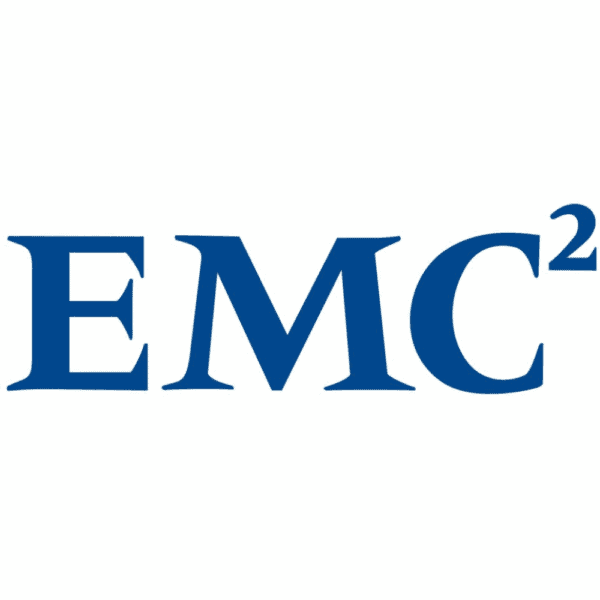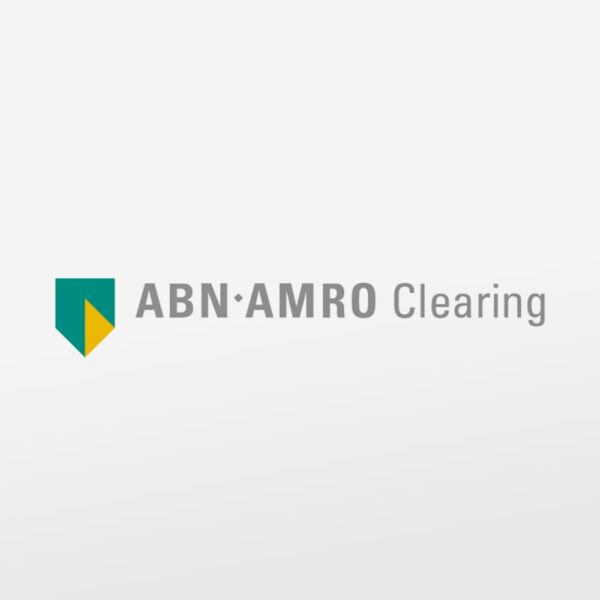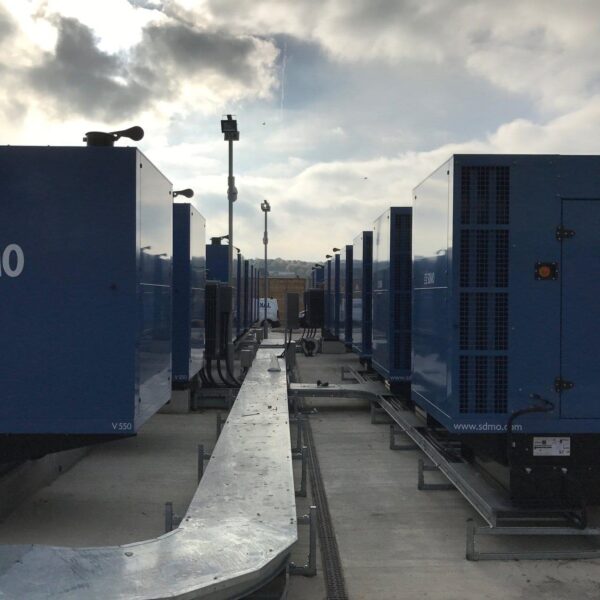Buildings today must have reliable, certified and tested life safety systems in place and active always. These include any building element designed to protect and evacuate the building population in emergencies, including fires and earthquakes, and less critical events, such as power failures.
KOHLER Uninterruptible Power’s range of PW UPSs, generators and emergency lighting products provide good examples of these ‘elements’; they are proven as trustworthy in life safety applications within residential, commercial and industrial environments.
KOHLER takes several steps to ensure its products meet the challenges of life safety applications and comply with a range of building regulations, guidelines and codes, and the installations provide a legitimate second supply from a separate source.
It also ensures and records routine testing, taking a practical approach. As described below, the testing comprises both general procedures that are applied to all UPSs and specific steps for life safety applications. These are not only to remain compliant with all relevant legislation but also to ensure KOHLER’s customers have peace of mind and remain confident that the products will work.
Service contracts and maintenance regimes
Like most leading UPS system suppliers, KOHLER Uninterruptible Power offers service contracts to ensure the equipment is kept in optimum condition throughout its useful life. These include emergency call-out facilities with defined response times, maintenance and testing regimes, and end-of-life component replacement.
The maintenance regime can start with daily, simple checks that the user can make. These include noting and recording any alarms or abnormal status indication lamps, checking for abnormal environmental conditions, removing any material or obstructions from around the equipment, and checking for excessive noise, heat, or vibrations.
A qualified service engineer from KOHLER Uninterruptible Power will carry out more technical, detailed checks on a six-monthly and annual basis. These include inspection and updating of the site log, checking meters, instrumentation, and communications. It also includes checking the operation of switchgear and associated equipment, wiring and components, checking the power supply voltages, power waveform, and overall operation of the UPS.
Capacitors and batteries
There are two critical components of the UPS system that demand particular attention: the capacitors and the battery.
The filter capacitors used in the UPS rectifier and inverter power circuits operate under very stressful conditions due to their exposure to high switching frequencies and large currents. As these capacitors’ performance is crucial to the UPS’s operation, most UPS suppliers treat them as consumables to be replaced under a scheduled maintenance program.
The VRLA batteries – still the type most commonly used in UPSs – are, like capacitors, critical to UPS operation, yet with a finite lifespan. However, this lifespan can be maximised with careful and appropriate maintenance. Advanced products such as the KOHLER PowerNSURE system provide an Ethernet-network integrated battery monitoring and management system. Using web-management technology, it checks the internal resistance, the temperature and the voltage of every single accumulator sequentially. A patented equalisation process then corrects the charging voltage of each accumulator individually to keep each one in its optimal voltage operating range.
UPSs for life safety
UPSs used for life safety installation must be protected by a service contract and regular maintenance just like those used for other applications. Additionally, they must comply with all regulations relevant to life safety. BS7671 has a specific section for this application.
560.6.12 Uninterruptible power supply sources (UPS) states: Where an uninterruptible power supply is used, it shall: (i) be able to operate distribution circuit protective devices, and (ii) be able to start the safety devices when it is operating in the emergency condition from the inverter supplied by the battery, and (iii) comply with the requirements of Regulation 560.6.10, and (iv) comply with BS EN 62040-1 and BS EN 62040-3, as applicable.
The requirement to be able to operate distribution circuit protective devices is always a topic for discussion as calculations must be made to ensure that the UPS inverter is capable of achieving this. The only way to prove the calculation is to test the circuit in a fault condition, due to the inverter being in circuit. Earth loop impedance measurements are not possible, and site conditions rarely allow actual tests of the design.
KOHLER Uninterruptible Power has tested its UPSs under short circuit conditions to prove that the calculations are correct, and that the UPS inverter will supply the required fault current to operate the protective devices in the required time. This gives confidence in the design.
It also complies with requirements relating to the UPS batteries and their operation.
Firstly, the UPS should be able to start the safety devices when it is operating in the emergency mode, from the inverter supplied by the battery.
The implications of this requirement are often underestimated. UPSs in life safety systems are typically used to supply motors such as extractor fans, and any motor will have a significant initial start-up current that the inverter must supply. Accordingly, the inverter must be carefully sized to ensure that it can handle the start-up load rather than just the lower running load.
Secondly, UPS batteries should comply with the requirements of Regulation 560.6.10. The batteries shall be of vented or valve-regulated maintenance-free type and shall be of heavy duty industrial design, for example cells complying with BS EN 60623 or the appropriate part of the BS EN 60896 series. In any case, the minimum design life of the batteries at 20°C should be 10 years.
All KOHLER Uninterruptible Power UPSs meet BS EN 62040, which is the standard for UPS design. Specifically, they comply with BS EN 62040-1 and BS EN 62040-3, as applicable.





